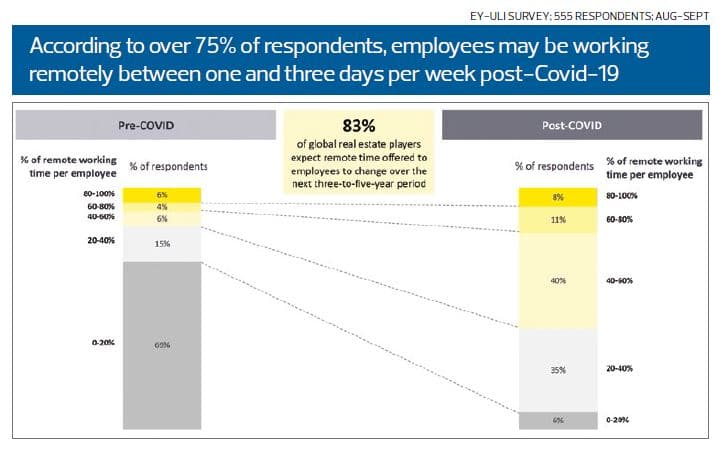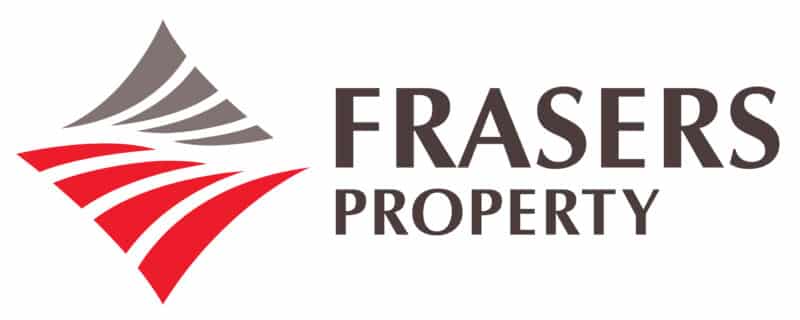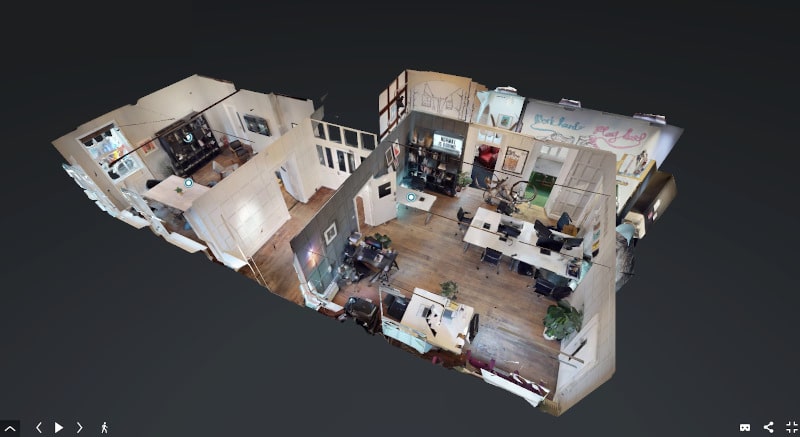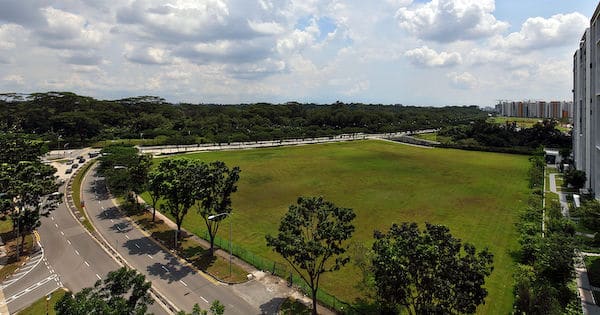In One Apple Park Way in Copertino, California, the Apple corporate headquarters appears like a starship which has recently arrived. The factory, known as the ‘Loop,’ covers 2,8,000 sq ft, and has a workforce of 12,000.
When the office opened in 2017, the media characterized it as “the company’s largest launch yet,” with “flawless curves, milled aluminum, [and] infinite glass.”
The company’s office is also a leader of technology: a powerhouse company that makes elegant and trendy technology and can sustain a vast range of diehard followers. It is strong enough to encourage sleight and fashionable technology.
The office has long been an area in which businesses consolidate branding by constructing a space, architecture or equipment. In a study on the potential of the company Cushman & Wakefield (C&W) points out the fit-outs such as brand identities, colors , images and discreet architectural knots as translucent boardrooms. Bureau room will also help to bind disparate business locations and build a organizational unity for big companies with numerous offices, says marketing company GNU Group.
Culture takes a hit
Although the office building has always represented the ethos of businesses, the Covid-19 pandemic never endangered its life so much as ever. Businesses who give up their workplace absolutely miss the chance to express their community across their workplaces with the widespread trend of operating remotely.
The rituals and symbols of an enterprise, such as how the group honors members, acknowledges their accomplishments, laws and standards, such as clothing code and punctuality, are areas that a company may develop its community, says C&W. But it’s tough to fly on a distance.
Community may even express itself as job happiness in the age of domestic employment. If, for example , workers experience a certain level of remote working isolation from their teams, this may reflect the atmosphere of the business, C&W continues.
Finally, culture-working partnership operates in all directions. Analysis has noticed that while the extent to which an entity takes remote work, culture may often affect the extent to which remote work is embraced. C&W encourages management in current practice to work more remotely to “consciously think about how to create a community with more remote jobs.”

78 % of respondents highlighted the lack of business culture as obstacle in the current standard of remote working in a global survey undertaken by over 500 real estate professionals. The survey was performed between Aug. 4 and Sept. 15, by the Urban Land Institute (ULI) and EY Consulting.
Lack of Creativity
The virtual office’s flaw in imagination is another survivor. The main outputs of creativity inside knowledge firms are their capacity to innovative new perspectives and to be imaginative, as positions have grown to demand more inventive and forms of doing stuff. The complex partnerships between colleagues often create innovative solutions: in the cooler water, in the office shop or in the halls.
Alan Miyasaki, Senior Immobilien Group Managing Director and Chief Immobilien Officer of Asia at Blacksstone, also claims that ‘no invention ever occurred at a zoom call’ during a webinar arranged by CBRE on 21 Oct.
Interactions face to face are key to innovation development. The C&W report points out that the researchers note that remote work has essentially improved product development efficiency and pace at which new developments emerged in the sample of new product development teams in five European organizations. This occurred just in a manner where all the organizations, even with versatile job preparation or hot-desk, do have face-to – face contact.
Not all jobs are the same
Although some workers are more influenced by remote employment, some are less affected. In his 1997 book The New Office C&W cites design theorist Francis Duffy as stating that the context for recognizing the capacity to function remotely relies on two main elements in combination: the degree of autonomy desired by and worker and the amount of contact needed for work.
Thus, workers with greater autonomy are more supervised, accountable and discrete in their job and benefit from a remote service structure. In comparison, the office performs better work and needs face-to – face communication.
If each function varies, each role can also vary in the arrangements for the optimal workflow. Extremely autonomous and interactive staff will participate in workplaces named the ‘clubs’ that remember old coffee houses or social clubs where personnel can collaborate and profit from the unexpected results of conversations.
“They regularly participate in office work since their role is extremely orderly yet involves face-to – face contact, but only meet if required to accomplish the interaction. With improved workability from everywhere, virtual office structures will often meet their prior needs for office accommodation.
In the meanwhile Duffy names ‘hives’ with low autonomy and low experiences evoking the notion of bees. These roles are like the job of calling centres, according to C&W, which do not need office space at all. These work are more and more outsourced to other countries and are remarkably remotely handled without a physical workplace.
Future Working Model
Looking to the nature, the future of employment would be a combination of online work and a role in the workplace. Erwin Chong, DBS Bank’s Head of Market Immobilization Policy and Management, is in doubt that businesses will support long-term remote work. “You’re going to miss several things: a sense of belonging and community and what is creative and really positive for a organization,” says CBRE in the webinar. It is very challenging to bring people together for a brainstorm session if everyone is basically related, he continues.
In order for them to determine how much office room they require, data are required for businesses. “To be able to get good information — who’s in it, who doesn’t, who uses what space — and also to map the pattern to find out how space will potentially be converted predictively or also reactivally, by deciding the amount of individuals in the space and how many rooms the company has to create internally,” Chong says.
He says that as any occupant publishes the knowledge, it would make the growth in demand for work space simpler for all to at least forecast.




